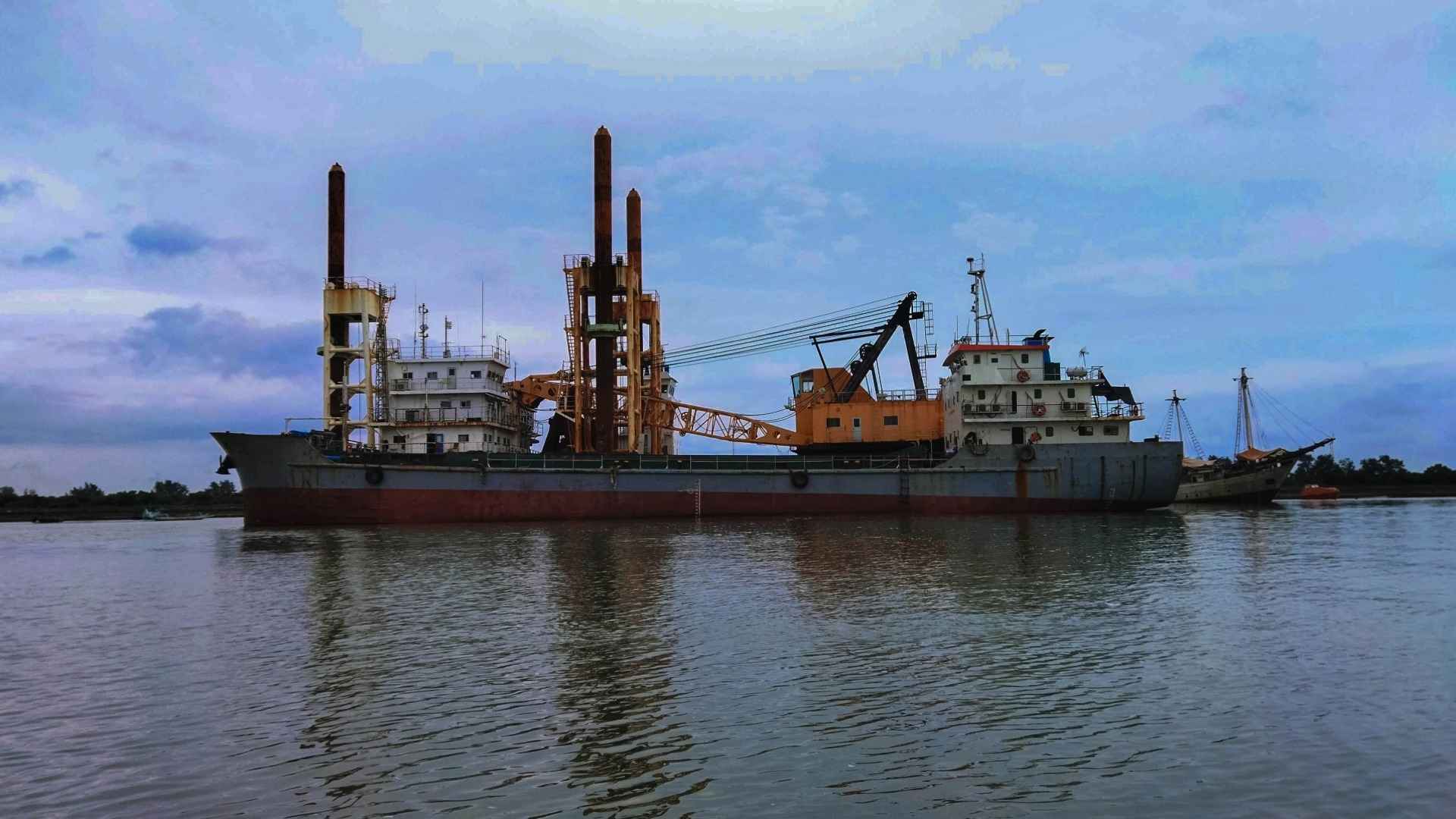Introduction
The Mississippi River is a lifeline of commerce, recreation, and transportation, serving as one of the most important inland waterways in the United States. Recently, heavy flooding and months of high water created an unexpected crisis near Winona, Minnesota, where sediment clogged a critical portion of the shipping channel. To address the issue, the U.S. Army Corps of Engineers (USACE) launched emergency dredging operations in Pool 6 of the river, working ahead of schedule to restore safe navigation for commercial vessels.
This rapid response highlights the essential role of river dredging in maintaining reliable transportation routes and ensuring the economic stability of communities along the nation’s major waterways.
Why Dredging Was Needed
Earlier this year, prolonged high water levels across the Upper Mississippi brought significant flooding. As the floodwaters receded, they left behind massive deposits of sand and sediment along the riverbed. According to Steve Tapp, operations manager for the USACE channels and harbor project office, the situation was unusually severe.
“This was a significant event that brought in a lot of sediment in the area,” Tapp explained. “When the water dropped, it dropped fast and left a lot of problems for us.”
The most pressing challenge was the obstruction of the 9-foot navigation channel, a standard depth that ensures barge traffic can move safely and efficiently. With sediment choking parts of the channel, commercial shipping slowed to a crawl, raising concerns for industries that depend on the river to move agricultural products, fuel, and raw materials.
The Role of River Dredging
River dredging is the process of removing accumulated sediment, sand, and debris from riverbeds to maintain navigable depths. On the Mississippi River, the 9-foot navigation channel is vital for keeping barge traffic flowing. Barges are one of the most cost-effective ways to move bulk commodities, and when channels become impassable, supply chains and regional economies suffer.
By employing dredging, the Corps of Engineers ensures that waterways remain open year-round, even after natural events such as floods that accelerate sediment buildup. This routine maintenance becomes critical during emergencies when sudden changes in water levels leave channels blocked.
Emergency Dredging Operations
At Pool 6 near Winona, restricted traffic was allowed to pass as dredging crews worked to clear the clogged channel. Using specialized dredges, sediment was removed to restore the full 9-foot depth.
Emergency dredging projects like this one operate under tight timelines because the economic impacts of blocked shipping routes can be immediate. Grain exports, fuel deliveries, and construction materials often rely on river transport. Every day of lost traffic represents a financial setback for farmers, businesses, and communities throughout the Midwest.
The fact that the Mississippi River dredging near Winona is ahead of schedule shows both the preparedness and efficiency of the Corps’ operations. By working quickly, they reduced downtime for shippers and prevented further congestion on already strained supply chains.
Benefits of Restoring the Channel
The benefits of emergency river dredging in this situation are both immediate and far-reaching:
- Navigation Safety: Clearing excess sediment ensures barge operators can pass without grounding or damaging vessels.
- Economic Continuity: Restoring the 9-foot channel supports the movement of goods, keeping trade flowing.
- Flood Recovery: By addressing sediment left behind after floods, dredging helps stabilize the river system.
- Community Support: Local economies around Winona, heavily tied to river commerce, benefit from the uninterrupted flow of goods.
Without dredging, blocked channels could force shipping companies to reroute cargo onto trucks and trains, significantly increasing transportation costs and straining infrastructure.
Environmental Considerations
While dredging is necessary for navigation, it must be carried out with care to limit ecological impacts. Sediment removal can temporarily disturb aquatic habitats, affect water quality, and alter sediment transport patterns.
The USACE balances these concerns by using environmentally responsible dredging methods. In many cases, dredged material is repurposed for beneficial uses such as reinforcing shorelines, creating wildlife habitats, or restoring wetlands. This approach not only maintains navigability but also contributes positively to the river ecosystem.
The Broader Importance of Dredging on the Mississippi
The Mississippi River carries more than 500 million tons of cargo each year, making it one of the busiest inland waterways in the world. Grain, petroleum, coal, and iron ore are among the major commodities transported. Any disruption in the system has ripple effects throughout the national and global economy.
Routine and emergency river dredging are, therefore, non-negotiable aspects of maintaining the river’s role as an economic superhighway. The work near Winona is just one example of how dredging keeps commerce moving despite natural challenges such as floods and sedimentation.
Looking Ahead
With the emergency dredging project progressing faster than expected, the Mississippi River’s Pool 6 will soon be fully operational for commercial navigation. However, sediment buildup is a recurring issue. The river’s natural dynamics—combined with the increasing frequency of high-water events linked to climate variability—mean that dredging will remain a critical part of waterway management.
For communities along the Mississippi, the ongoing work of the Army Corps of Engineers provides reassurance that one of America’s most important transportation corridors will remain open and reliable.
Conclusion
The emergency dredging operations on the Mississippi River near Winona illustrate the essential role of dredging in responding to natural challenges and protecting economic lifelines. By clearing the 9-foot channel ahead of schedule, the U.S. Army Corps of Engineers has ensured safer navigation, supported commercial traffic, and helped local communities recover from the impacts of flooding.
As this event demonstrates, river dredging is not just a technical task—it is a safeguard for commerce, safety, and resilience on one of the nation’s most vital waterways.
